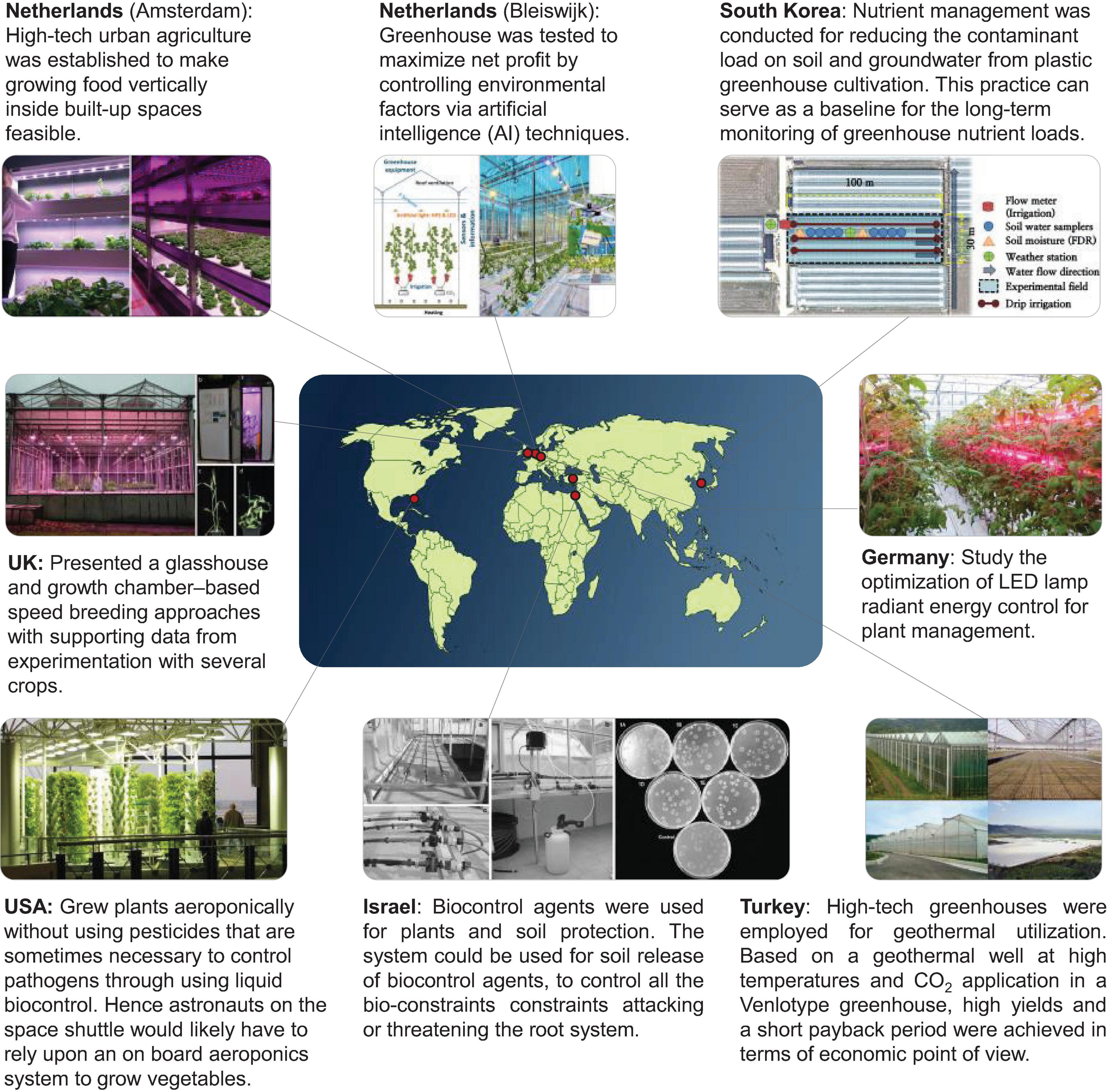
Make releases when greenhouse whitefly populations are low.Surveys suggest that an increasing percentage of greenhouse growers are utilizing biocontrols to combat pest issues. May be ineffective on plants with honeydew (clear, sticky liquid). Most effective at higher temperatures (>70 F). Parasitic Wasp Most widely used parasitoid for greenhouse whiteflies. Commercially Available Biological Control Agents for Whiteflies.
Workshops were held to explain what the biocontrol agents are, the packaging they arrive in.Nematodes are a broad class of microscopic worms, also known as roundworms, which live in soil. Growers are becoming increasingly interested in using biological control for its many benefits.John Sanderson, professor of entomology and greenhouse pest management at Cornell University, shared this insight in a webinar, “Using Nematodes in the Greenhouse.” Benefits of using biocontrols such as nematodes include almost no risk of resistance, no restrictive re-entry periods and no post-harvest interval, he said.Implementation of Biocontrol in an Educational Greenhouse. Laterosporus and Paenibacillus polymyxa as biocontrol agents of four foliar necrotrophic.Cryptolaemus is the only available biological control agent for mealybug in Canada, according to Sarah Jandricic, the greenhouse floriculture IPM specialist for Ontario Ministry of Agriculture, Food, and Rural Affairs. For thrips, another problematic greenhouse pest, 53% of the growers were using biocontrols, with 23% of those including nematodes in their arsenal.foliar diseases under laboratory and greenhouse conditions. Sixty percent, however, were using some form of biocontrol, including 42% who were using nematodes.
Some are saphrophytic, recycling nutrients in the soil.It’s the entomopathogenic nematodes which can target and kill some insect pests that are important to growers. Others are entomopathogenic (parasitic to a variety of insect). Some nematodes are plant or animal pathogens, causing disease in susceptible hosts.
The gel in the trays may or may not be certified organic. The sponges have no carrier, so there are no concerns about their use in certified organic operations. All other lifecycle stages are completed within the host cadaver, until the next infective juvenile stage, at which time the nematode returns to the soil to await a new host.Nematodes are now sold as biocontrol agents and are commonly packaged in trays by the millions, or in sponges. The Steinernema species are used primarily in greenhouse settings, while the Heterorhabditis can be used but are more commonly found in outdoor growing applications, Sanderson said.It is the infective nematode juveniles which enter the host through any opening and cause sepsis, leading to its demise. Nematodes belonging to the Steinernema feltiae, Steinernema carpocapsae and Heterorhabditis bacteriophage species are parasitic and use plant pathogenic insects as hosts.
Biocontrol Agents Greenhouse Full Volume Sprayers
The water they are mixed in must be less than 100º F, and the mix must be agitated regularly throughout application. Sprayers must have filters and screens removed to prevent clogging.In order to properly apply nematodes, soils must be wet – they require a moisture film. It’s important to keep the psi of the sprayer to below 300, to use water that is not too hot and to agitate the sprayer tank during application, preventing settling of the nematodes and ensuring consistent application rates. Because living nematodes are needed, they must be kept refrigerated and warmed up slowly prior to use. Manufacturers have their own brand names for products containing nematodes.“If you open the package, you really need to use all of the nematodes right then,” Sanderson said, as they won’t survive long outside of a host.Products are applied via full volume sprayers, or through boom irrigation.

Ultraviolet light is harmful to the nematodes, so application should occur in the early or late parts of the day. But nematodes can help keep things under control.In order to effectively use nematodes to target these pests, greenhouse growers need to pay attention to environmental parameters. Controlling algae – a food source for the flies – will control the shore flies.
Drip or overhead irrigation can wash nematodes right out of growing media.Tests on fungus gnat populations show that in general greater than 80% mortality for up to two weeks is achieved with nematodes. Others, such as rockwool, make it much easier for the nematodes to be washed away during irrigation.“The irrigation method can really make a difference with how often you have to apply nematodes,” Sanderson said. Nematodes do best in peat-based substrates.

Feltiae was not able to tolerate warm temperatures at all, and died at 95º.“High temperatures can make a big difference” in selection of nematodes, Sanderson said.Nematodes are also able to work with some other arthropods for more complete control of insects. Carpocapsae survived at temperatures of 113º, while S. Bacteriophage showed 100% mortality at 104º after four hours. Three strains of each of the three greenhouse entopathogenic nematodes were used, and were examined after one, two, four, six, eight and 10 hours.
It is also possible to grow your own nematodes, rather than rely on commercial preparations.


 0 kommentar(er)
0 kommentar(er)
